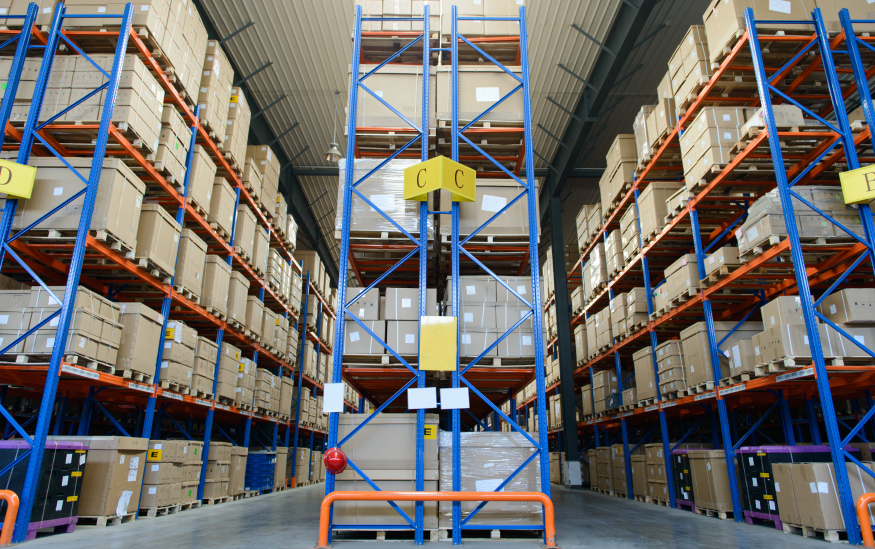
Warehouse efficiency promotes productivity, which is essential to customer satisfaction. The following tips have been developed to create more efficient, productive warehouse operations.
1. Communicate effectively.
Clearly communicating to workers your organizational goals and the processes to achieve them is one key to effective warehousing operations. When managers fail to create an environment of open and clear communication, employee productivity suffers, resulting in high turnover and wasted resources.
2. Standardize your processes.
Do this by reducing potential variation in areas such as unloading, accounts payable, shift scheduling, and facilities management. Standardization saves time and money, and reduces errors.
3. Measure what matters.
In other words, measure what matters for continuous improvement in your processes. If an outcome is not important to customers and shareholders, don’t waste time measuring it. One 3PL-managed distribution center for a major U.S. manufacturer adopted a work measurement program to gauge and report warehouse performance at the employee level. The facility increased productivity by 10 percent and reduced labor costs by 11.3 percent.
4. Determine what drives processes to ensure the proper causal connection between outcomes and enablers.
Key performance indicators reflect the past; standardization and error proofing are the answer to productivity now.
5. Use the DMAIC method.
Do this to understand the “why” of your warehouse operations, not just the “how.” This five-step approach (Define, Measure, Analyze, Improve, and Control) reduces costly process variations. The backbone of Six Sigma methodology, DMAIC ensures sustained, defect-free performance and highly competitive costs.
6. Involve, align, and empower your associates.
The people who do the work every day are process experts who know how to reduce or eliminate waste. Aligning your managers and staff to a company culture committed to inquiry, responsibility, partnership, and customer satisfaction can significantly impact warehouse productivity.
7. Educate your leadership.
Encourage them to ask the right questions, gather necessary information, make decisions, and take appropriate, corrective action. This is vital to improving processes, products, and services.
8. Create a robust training program.
This program should incorporate cross-training. Break a job down and present the operation to new associates. Allow them to test their performance before releasing them to the process. This is more effective than the traditional sink-or-swim method.
9. Incorporate the use of TAKT time.
Incorporated TAKT time to achieve a steady fulfillment flow with standardized work instructions. By specifying the maximum cycle time allowed to produce a product in order to meet demand, TAKT time allows you to set targets by showing operators exactly where their work output should be at any given point.
10. Look at variation, not just averages.
Looking at variation will help to increase productivity and warehouse optimization. This is the heart of Six Sigma: reducing variation—or variance—to make a process more stable and predictable. Find a significant measure that reflects your process, then reduce the variability of that process as much as possible.
To Sum It All Up
Efficiency and productivity are two measurable factors that combine to create one core concept: lean warehousing logistics. If you’re ready to reduce your costs, simplify your warehouse operations, and gain better visibility into the processes in your facilities, start with our eBook: Embracing Lean Warehousing. In it, you’ll learn the 7 key areas to optimize as you work toward leaner logistics.
